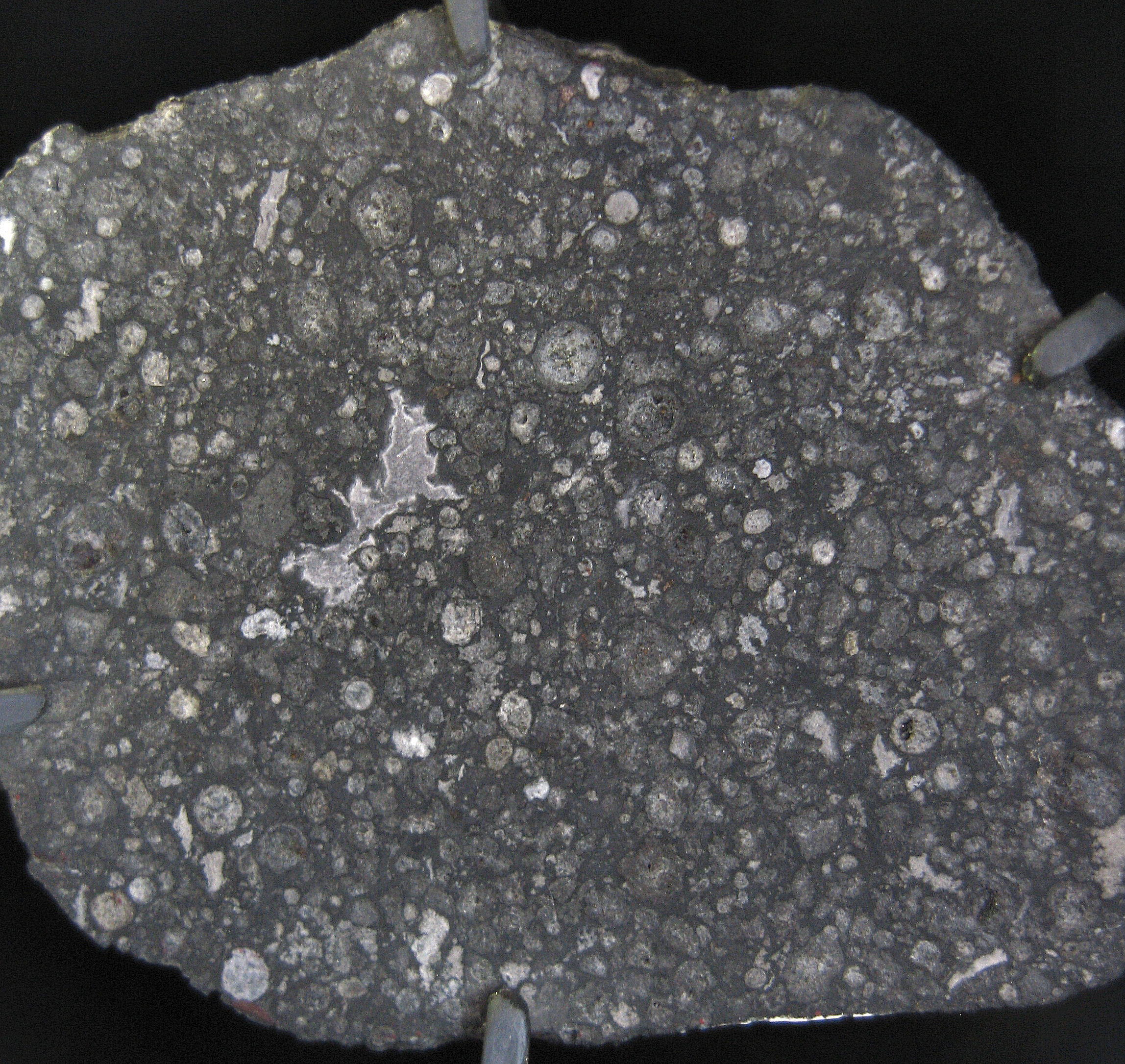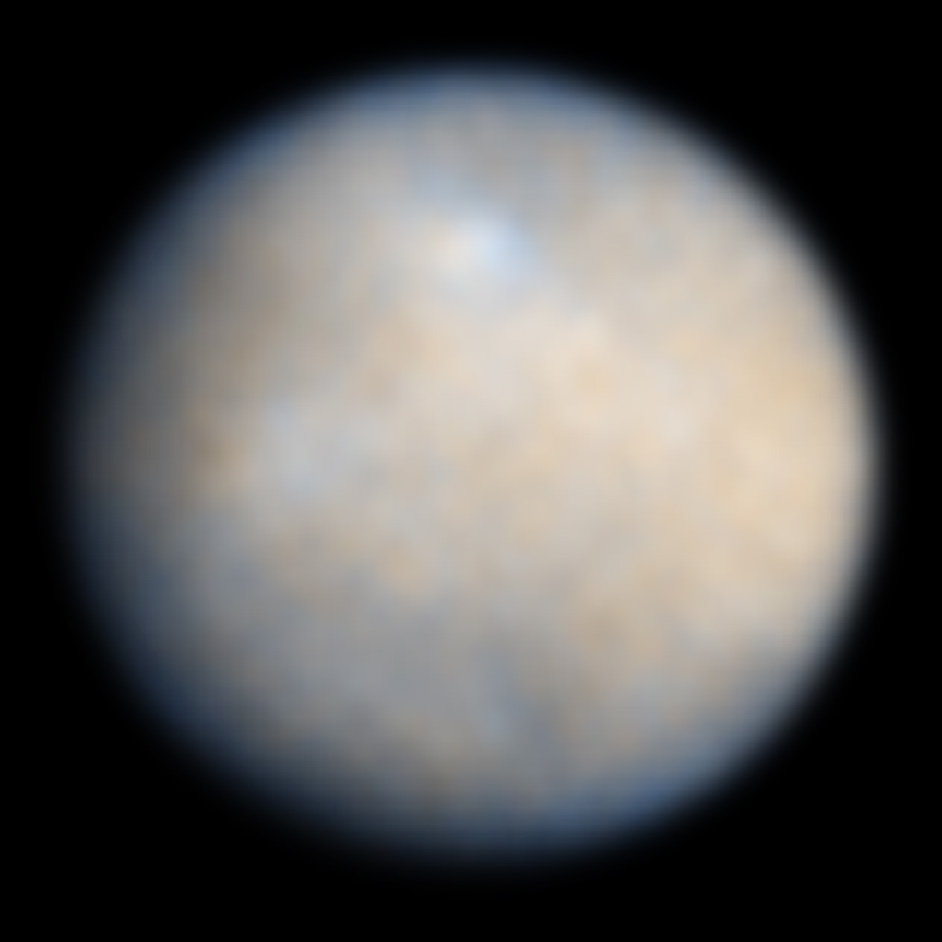Space colony essentials: Consumables
Propellant, Fuel, Air, Water, and Food
As British fortune seekers looked for base of operations
(that later became Jamestown) back in 1607, they had to consider, at some level,
whether the spot they selected provided essentials like fresh water and
firewood. I have not seen any records of
how they selected the location of the colony, other than their British backers
suggested they select a “more secure location,” meaning one defensible from
other European powers.
I have seen many different rational provided for
establishing space colonies in all sorts of locations, from low earth orbit
(LEO), to geosynchronous orbit (GEO), Lagrange points (L1, L2, L3, L4, L5), the
Moon, Mars, and just about any other place in the solar system. In this entry, I want to add my opinion to
that lengthy list of opinions.
Regardless of other reasons for placing a space colony in
one location or another, any near-term space colony must include a source for
the colony consumables (propellant, fuel, air, water, and food). If the colony cannot produce them from local
resources, then the Earth must ship this huge mass to the colony on a
continuing basis. Any interruption in
the supply of these resources would immediately doom the colonists to
death. Simply put, any serious attempt
at space colonization could not afford to locate the colony anywhere else.
Air and water
Colonists can easily produce oxygen for breathing and water if
they have a supply of water ice. If they
wish to breathe an atmosphere of normal Earth pressure, then they must also
find a supply of nitrogen (frozen nitrogen for the outer solar system or
ammonia ice closer to the earth).
Propellant
Colonists could manufacture propellant for rocket engines
from water ice by electrolyzing water (separating the oxygen and hydrogen and
storing them separately). However, no
storage container can retain hydrogen for long periods of time, the hydrogen
molecules simply slip in between the molecular bonds of any other
material. Therefore, after separating
the hydrogen, the colonists would likely burn it by combining it with carbon to
form methane gas and produce a little energy.
They could easily store methane over long periods.
As an alternative, the colonists could create rocket propellant
from aluminum and oxygen. Certain major
bodies in the solar system (such as the moon) possess the raw ingredients for
this propellant in abundance. This
alternative is less attractive because aluminum/oxygen rocket propellant is a
solid. Solid rockets are not dynamically
throttleable and once ignited do not respond to controls, meaning the rocket
burn cannot be stopped. Therefore, the colonists
would preferentially produce methane/oxygen rocket instead of aluminum/oxygen
rockets.
Fuel
Nuclear or solar power represent the only realistic power
generation capabilities for a space colony.
Any convention fuel choice requires massive resupply or production
problems for the colony. After all, how could
we ship a million gallons of gasoline or a million pounds of coal AND the
oxygen required to burn that fuel to a space colony in the asteroid belt every
year? In my opinion, nuclear power
provides a better return on space launch investment than solar. I arrived at this position primarily because
solar panels degrade in the space environment and require replacement. The colony would likely not develop the
ability to replace solar panels in the early years of its development. The cost of shipping replacement nuclear fuel
would be significantly lower than the cost of shipping replacement solar
panels.
Food
Food represents the final consumable required by the
colonists. Unlike the processes used to
create air and propellant, we cannot use simple chemical processes to produce
the food the colony requires. Self-contained
biospheres remain the only practical method of producing food over very long
periods. However, different types of
biosphere (aeroponics, hydroponics, geoponics, etc.) provide different types of
benefits. For instance, hydroponics
provides perhaps the smallest physical foot print (the lowest space
requirement) while aeroponics (growing plants in the air, while misting their
roots with nutrient rich water) provides the lowest mass footprint, meaning
this would probably be used for self-contained biospheres on spacecraft. Geoponics requires the least human attention.
Aeroponics
Hydroponics
The colonists will not find growing food difficult. However, the colonists could strive for a
more ambitious goal of a completely self-contained biosphere, in which food and
oxygen consumption by the human colonists balanced that produced by the plants. All experiments attempting this balance on
Earth in a self-contained environment failed.
However, each experiment has taught researchers more about how to
configure a self-contained biosphere.
Initially at least the colonists could not afford to raise
meat animals. They consume far more
plant food energy than their flesh provides. Only after the colony expands and becomes
successful could the colonists afford the luxury of “wasting” plant food energy
on raising livestock.
Prime colony spots
What locations satisfy the resource requirements described
above?
Temp
|
Gravity
|
Lum
|
Radiation
|
Pressure
|
Volatiles/water
|
|||
K
|
Gs
|
Sols
|
REMs
|
Earth
Rad
|
Bars
|
Tonnes
|
Log10
|
|
Mercury
|
700
|
0.38
|
6.57
|
900.0
|
3,000
|
0.0
|
5.00E+14
|
14.7
|
Venus
|
735
|
0.91
|
1.93
|
0.0
|
0
|
92.1
|
1.00E+03
|
3.0
|
Earth
|
390
|
1.00
|
1.00
|
0.3
|
1
|
1.0
|
1.40E+18
|
18.1
|
Moon
|
390
|
0.17
|
1.00
|
30.0
|
100
|
0.0
|
6.00E+12
|
12.8
|
Mars
|
308
|
0.38
|
0.43
|
20.1
|
67
|
0.0
|
2.00E+16
|
16.3
|
1 Ceres
|
131
|
0.03
|
0.13
|
30.0
|
100
|
0.0
|
2.00E+17
|
17.3
|
Jupiter
|
165
|
2.53
|
0.04
|
1,314,000.0
|
4,380,000
|
1.0
|
4.00E+20
|
20.6
|
Io
|
130
|
0.18
|
0.04
|
1,314,000.0
|
4,380,000
|
0.0
|
1.00E+06
|
6.0
|
Europa
|
125
|
0.13
|
0.04
|
197,100.0
|
657,000
|
0.0
|
2.87E+18
|
18.5
|
Ganymede
|
152
|
0.15
|
0.04
|
2,920.0
|
9,733
|
0.0
|
7.10E+22
|
22.9
|
Callisto
|
165
|
0.13
|
0.04
|
3.7
|
12
|
0.0
|
5.59E+22
|
22.7
|
Saturn
|
160
|
1.07
|
0.01
|
0.3
|
1
|
1.0
|
4.00E+19
|
19.6
|
Titan
|
93
|
0.14
|
0.01
|
15.0
|
50
|
1.4
|
8.07E+22
|
22.9
|
Uranus
|
57
|
0.90
|
0.00
|
0.3
|
1
|
1.0
|
4.00E+19
|
19.6
|
Neptune
|
72
|
1.14
|
0.00
|
0.3
|
1
|
1.0
|
4.00E+19
|
19.6
|
Triton
|
38
|
0.08
|
0.00
|
20.0
|
67
|
0.0
|
7.99E+21
|
21.9
|
Pluto
|
55
|
0.07
|
0.00
|
20.0
|
67
|
0.0
|
6.50E+21
|
21.8
|
Charon
|
53
|
0.03
|
0.00
|
20.0
|
67
|
0.0
|
7.60E+20
|
20.9
|
Quantity of volatiles on the major bodies of the solar
system (in metric tons)
What the table above shows is that most major solar system
bodies, with the exception of Venus, possess usable quantities and
concentrations of volatiles (mostly water ice).
For some bodies, such as Mars and the Moon, these volatiles exist only
in the shadow regions of polar craters.
Other bodies, such as the moons of the outer planets, consist
predominantly of various ices. This
means that any major body of the solar system could be a candidate for a space
colony from the perspective of native resources.
However, several asteroid types also possess significant
quantities of water ice. The most common
asteroid type (C Type-C for carbonaceous) possess 3-22% water ice by mass
fraction. Since they also possess
significant quantities of organic materials and nodules of metals, they represent
another interesting possible location for a space colony. The resources available include organic
molecules as feedstock for plastics; water for making air, water, & propellant;
and metallic nodules as feedstock for metal components.
Cross-section of carbonaceous chondrite meteor (thought to come from C-Type asteroids)
Recent observations of the asteroid Ceres (the largest
asteroid in the solar system) conclude that it possesses a substantial layer of
water ice, perhaps 50% by volume. This quantity
exceeds all of the fresh water on Earth.
Since Ceres is a carbonaceous asteroid, it likely possesses large
quantities of organic compounds and metal nodules too.
Ceres, as seen by Hubble Space Telescope
Ceres cross-section
Perhaps the most interesting and easily reached asteroids
would be a class of asteroids called Near Earth Objects (NEO). These consist of asteroids that cross the
Earth’s orbit. They include the
asteroids most easily reached from a propellant expenditure and flight time perspectives. Since most of these cross within the Earth’s
orbit, they will not have concentrations of water as high as that found on
Ceres.





No comments:
Post a Comment